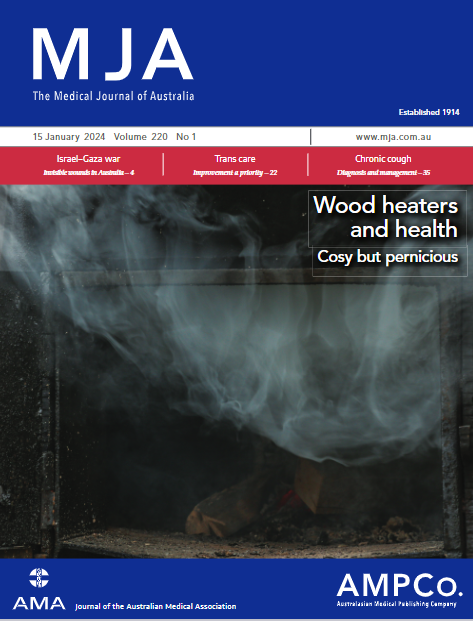To investigate the number of mental health-related hospitalisations of adolescents (12–17 years) in South Australia by level of contact with the child protection system (0–11 years).
Whole-of-population descriptive study; analysis of de-identified linked administrative data from the Better Evidence Better Outcomes Linked Data (BEBOLD) platform.
Adolescents born in South Australia, 1991–1999; linked SA Department for Child Protection, Admitted Patient Care (SA Health), and South Australian Perinatal Statistics collection (SA Department for Health and Wellbeing) data.
Proportion of adolescents (12–17 years) hospitalised with mental health-related diagnoses; proportion of mental health-related hospitalisations of adolescents, by level of child protection contact (0–11 years) (no contact, notification but not screened in, screened-in notification but not investigated, investigation but not substantiated, substantiation, and out-of-home care).
Of 175 115 adolescents born during 1991–1999, 5646 (3.2%) had been hospitalised with mental health conditions, and 27 203 (15.5%) had histories of contact with child protection services. The proportion of adolescents admitted to hospital with mental health-related diagnoses increased with the level of prior child protection contact, from 3366 of 147 912 adolescents with no contact (2.3%), to 398 of 6645 with notifications (6.0%), to 209 of 1191 who had been placed in out-of-home care (17.5%). Contact with child protection services was recorded for 2280 of 5646 adolescents admitted to hospital with mental health-related diagnoses (40.4%); 4477 of 10 633 mental health-related hospitalisations (44.9%) were of adolescents with histories of child protection services contact, including 1285 hospitalisations (12.1%) of adolescents for whom substantiated maltreatment (but not out-of-home care) was recorded, and 568 hospitalisations (5.3%) of adolescents who had been placed in out-of-home care.
About 45% of mental health-related hospitalisations of 12–17-year-old adolescents were of people who had had contact with child protection services by the age of 11 years, although only 15.5% of all adolescents had histories of child protection contact. The trauma associated with a history of child protection can have longer term sequelae, and this should be considered when adolescents are hospitalised with mental health conditions.


